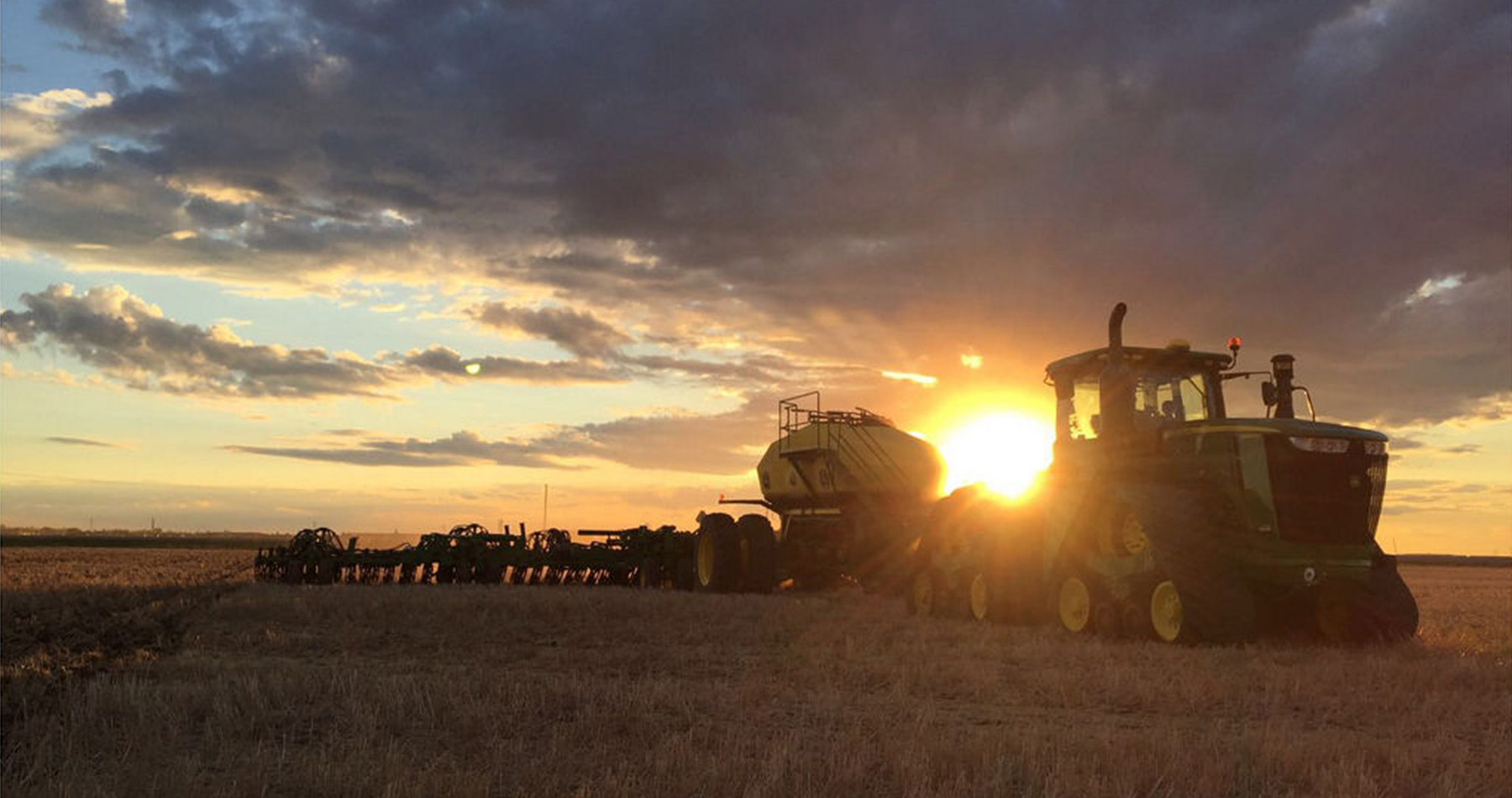When The Western Producer asked 100 Western Canadian farm decision makers what they were most concerned about, resistant weeds came up as one of their top concerns.
Their answers came through a survey as part of our WP 100 centennial project. To dig into this deeper, we brought together our partners at Bayer Crop Science to look at what farmers had to say and share their perspectives.
“I think what this study shows is that we are all in this together – from farmers to retail to the chemical manufacturers,” says Rory Cranston, North American market development manager for cereal and pulse crops for Bayer, based in Okotoks, Alberta. “For those who feel like new technology is not coming to the market as quickly as they like, the analogy I like to use is that we are working on a treadmill and the speed is slowly increasing all the time.”
Two of the key topics explored were herbicide use and weed resistance. Seventy-one percent of farmers shared their high levels of concerns with the growth of resistant weeds. Farmers experienced the most issues with wild oats, closely followed by kochia.
“The spread of resistant weeds is something farmers have to always be looking ahead at,” Cranston says. “When you look at resistant kochia – in 2012 it spread over a thousand kilometres in a year (1). Newer issues like water hemp continues to move west and Palmer amaranth is moving north faster than anyone would like. An ounce of prevention is worth a pound of cure.”
Recent research shows 1.7 new resistant biotypes are identified every year, with significant cost to farmers. On the Prairies, it is in the neighbourhood of $530 million in yield loss, quality loss and decreased production each year. The overall hit to Canadian farmers is $1.1 to $1.5 billion annually.
“For the farmer, that financial impact has to do with more than the just the cost of the herbicide itself,” says Tim Gardner, North Saskatchewan market development agronomist for Bayer, based in Saskatoon.
“Your up-front costs may change if you have to completely change up your crop rotation to manage the weeds or manage the herbicide group. Or you may have additional increased herbicide costs from the need to stack multiple herbicide modes of action.”
Cranston says the approach taken by farmers may depend on how they tackle farming as a whole – whether they focus on agronomics, price, revenue or return on investment. While how they run their farm may influence how they approach resistance, in the end the issue is the same for all.
“In the U.S. they have had farms that have lost entire fields to Palmer amaranth,” he says. “Once you lose a field to production for a year or more, or if you can no longer grow a particular crop on that field, your focus changes.”
Most farmers surveyed in the study are rotating herbicide groups (92 percent) and using differing modes of action (90 percent), while 88 percent rotate their crops with the goal of managing weeds. But there are areas for improvement.
“There are a multitude of practices farmers are using but I would like to see how we can dig deeper,” Gardner says. “We need to be really studious when we are rotating herbicides and I would encourage farmers to seek advice to make sure they know they are using the right product, at the right time and in the right mix for a long-term resistance management strategy.”
The Bayer webinar panelists all recommend farmers work their cultural practices to reduce the chance of further resistance development into the future. This includes increasing seeding rates, timing for seeding and applying crop protection products to reduce the seed population.
“We need to think long term and also make sure we are bringing education and awareness about the practice of over relying on single modes of action, that directly impacts resistance developing,” says Ashley Smith, Western Canadian crop protection manager for Bayer, based in Okotoks, Alberta.
“We have to protect those technologies that we have today because they can become part of new solutions and innovations that are in the pipeline for tomorrow.”
100 years, 100 farmers, 100 questions
Will we continue to control weeds or will weeds control us in the next century? This was one of the questions posed to 100 farmers as part of The Western Producer 100th Anniversary Market Research Project.
Watch the first installment of the WP100 Research webinar series, which was broadcasted live on March 21st, 2024, The Western Producer’s Robin Booker chats with Greg Dunlop of iFusion on the results of the study, and a panel of crop protection specialists from Bayer CropScience weigh in on recommended strategies to prevent weed resistance in the future.
Visit us online for more information on this event and others in this webinar series.
1 Weedscience.org










